Rajshahi University: A haven for biodiversity amid urban sprawl
Tucked away in the heart of northwestern Bangladesh, Rajshahi University is more than just a place of learning -- it is a sanctuary where the natural world thrives alongside academic life.
Spread across 753 acres, the campus teems with lush greenery, tranquil water bodies, and a surprising richness of wildlife. Here, birds nest in classroom shadows, snakes slither quietly past footpaths, and squirrels dart through tree canopies -- creating a rare harmony between humans and nature that is becoming increasingly difficult to find elsewhere.
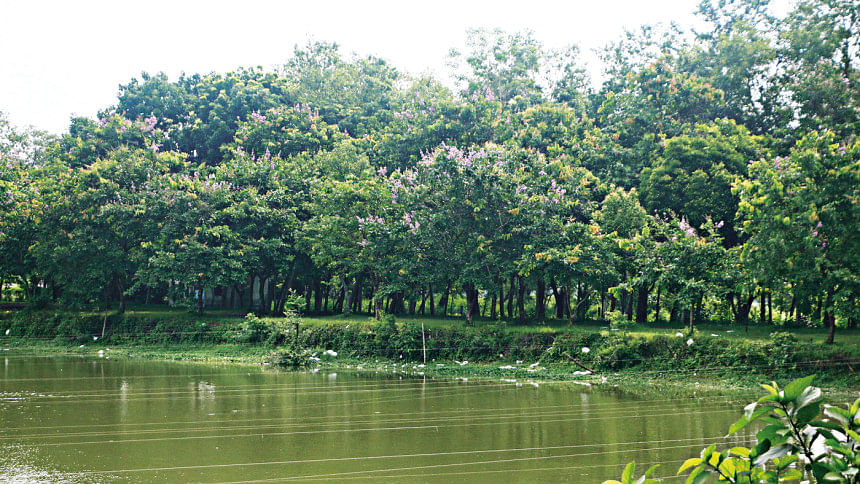
The campus is home to a remarkable array of flora and fauna that has, in recent years, drawn the admiration of conservationists, researchers and nature enthusiasts alike.
Two large lakes and several smaller ponds dot the grounds, serving as vital watering holes and habitats for countless species. The mulberry grove near one such lake plays host to a notable number of local migratory birds, according to Save Wildlife and Nature, RU -- a campus-based environmental conservation organisation.
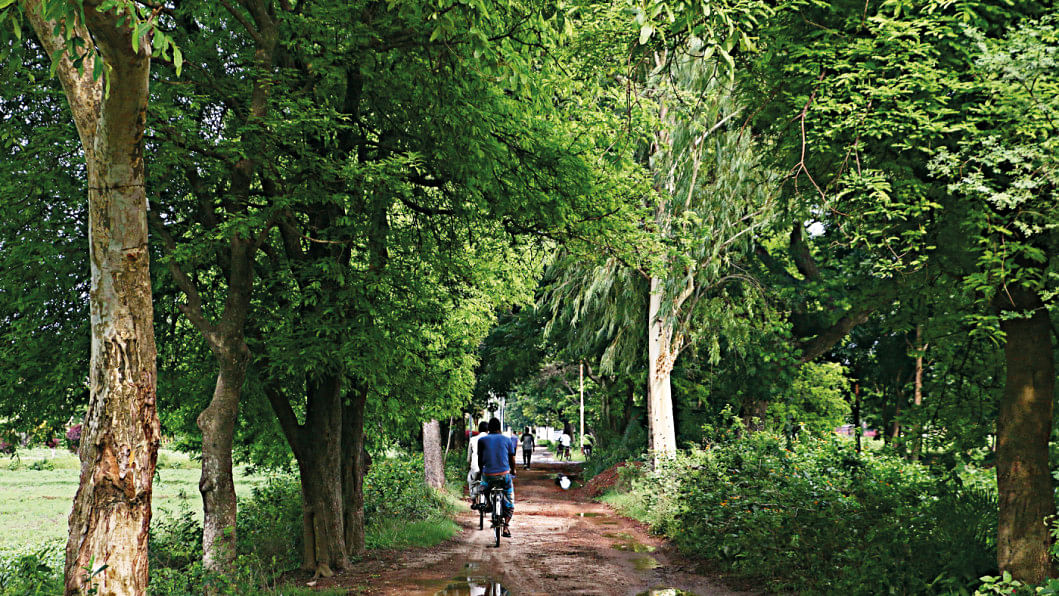
But this once-lively lake, which used to echo with the calls of diverse bird species, now stands quieter. The number of birds is gradually dwindling -- a stark signal of the impact that encroaching human activity and habitat disruption can have, even in places where nature once thrived undisturbed.
Among the most significant patches of greenery on campus is Motihar Garden, an area of social forestry that shelters rare and endangered animals. One elusive inhabitant of this zone is the Brown-capped Pygmy Woodpecker (Dendrocopos nanus), a critically endangered species that has been sighted only once or twice in the entire country, and only within the bounds of Rajshahi University. These rare sightings have attracted national and international birdwatchers, quietly transforming the campus into a discreet pilgrimage site for those who seek to witness the extraordinary.
Another avian resident, that has made the campus its home, is the green parrot, a species that once thrived in rural agricultural areas, but has increasingly found shelter in urban spaces like RU.
Modern farming techniques and expanding human settlement have driven these birds away from their original habitats, prompting them to settle in the Gagan Sirish trees lining Paris Road. With their wide canopies and sturdy branches, these trees offer ideal nesting grounds. In the early mornings and late afternoons, birdwatchers and photographers gather along the shaded path, hoping to capture the parrot's colourful vibrance.

Sharing the same canopy, surprisingly, are the formidable Black Kites, locally known as Bhubon Chil, large raptors known for their soaring grace and keen predatory instincts. The coexistence of such contrasting species within the same tree line offers a rare glimpse into the resilience and adaptability of urban wildlife.
Professor Saleh Reza of the Department of Zoology has documented a total of 159 bird species across the campus in a detailed study. Some of the species he recorded are either extremely rare or have been documented only once in the entire country. His list includes the Chestnut-tailed Starling, Oriental Scops Owl and Brown-headed Barbet -- birds that require sharp eyes, immense patience and a deep understanding of their behavioural patterns to observe.
Adding to the chorus is the Brahminy Starling (Bamuni Shalik), whose striking appearance and melodic calls have made it one of the most beloved species among students walking through the campus. Their visible presence across the university signals a healthy ecological balance -- an encouraging sign in an age of rapid environmental decline.
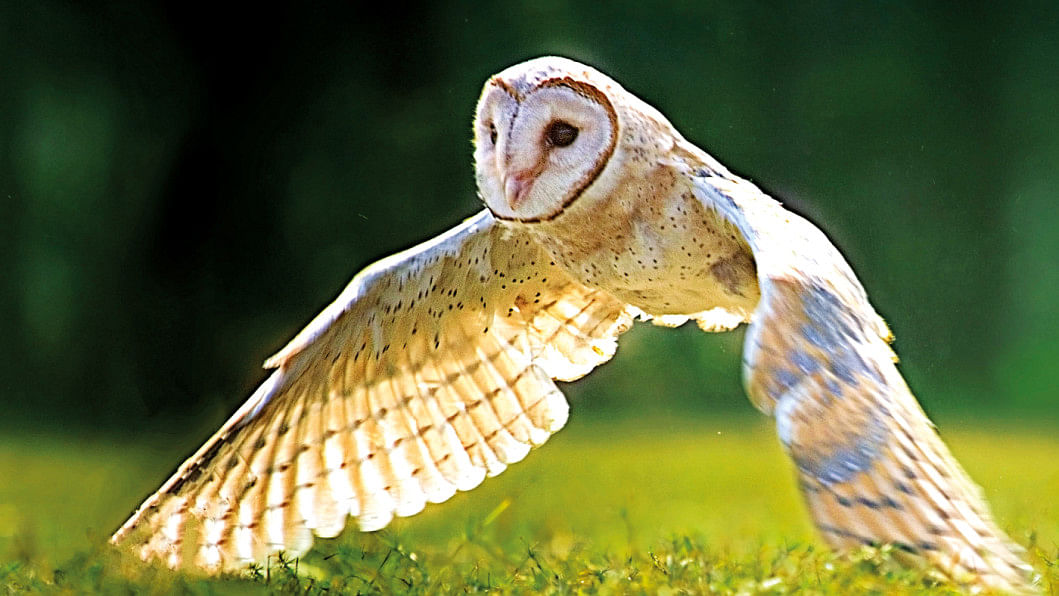
The richness of biodiversity at RU extends beyond birds.
The campus is also home to various reptiles, including venomous snakes like the Monocled Cobra (Kheya Gokhra) and the Common Krait (Kalach). Non-venomous snakes such as the Water Snake and Whip Snake often appear near ponds and thickets, while the mildly venomous Brown Snake (Mete Shap), generally shy and non-aggressive, adds to the variety. Two species of monitor lizards roam the grounds as well: the common Bengal Monitor and the less frequently seen Golden Monitor. These reptiles serve as natural pest controllers, helping to keep rodent populations in check.

Whenever snakes or monitors stray into student dormitories or classrooms, they are carefully rescued by campus wildlife groups and relocated to safer zones like Motihar Garden. These groups have become vital in ensuring that human-wildlife encounters remain peaceful and mutually respectful.
The mammalian life on campus is no less diverse. Foxes, civets, fishing cats and squirrels move through the green corridors of the university. Near the Shahidullah Arts Building, the five-striped palm squirrel has become a familiar and almost endearing presence. Their swift movements across paths and effortless climbing often delight passers-by. At Amtola, the squirrels and students seem to co-exist effortlessly, as if acknowledging each other's right to belong.
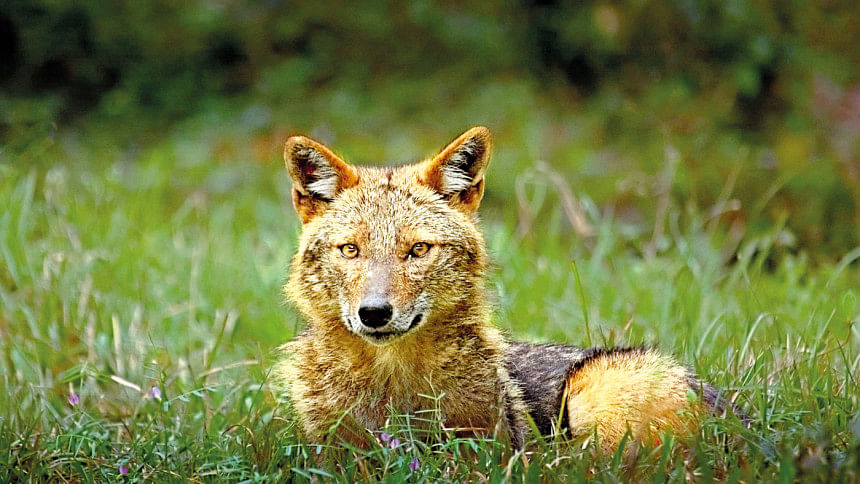
Imrul Kayes, a student from the 2017–18 session in the Department of Ceramics and current president of Save Wildlife and Nature, RU, remarked that Rajshahi contributes to 48 percent of Bangladesh's total biodiversity, with the university acting as a miniature sanctuary within that ecosystem.
According to him, student awareness has seen a dramatic shift. "Our student body has become increasingly aware and respectful of the wildlife around them. Whenever an animal needs help, the first reports come from students. This was not always the case. It's this small shift in awareness that can help us protect Rajshahi University's wildlife for future generations," he said.
Professor Saleh Reza noted that observing wildlife on campus requires more than just a walk -- it demands attention and curiosity.
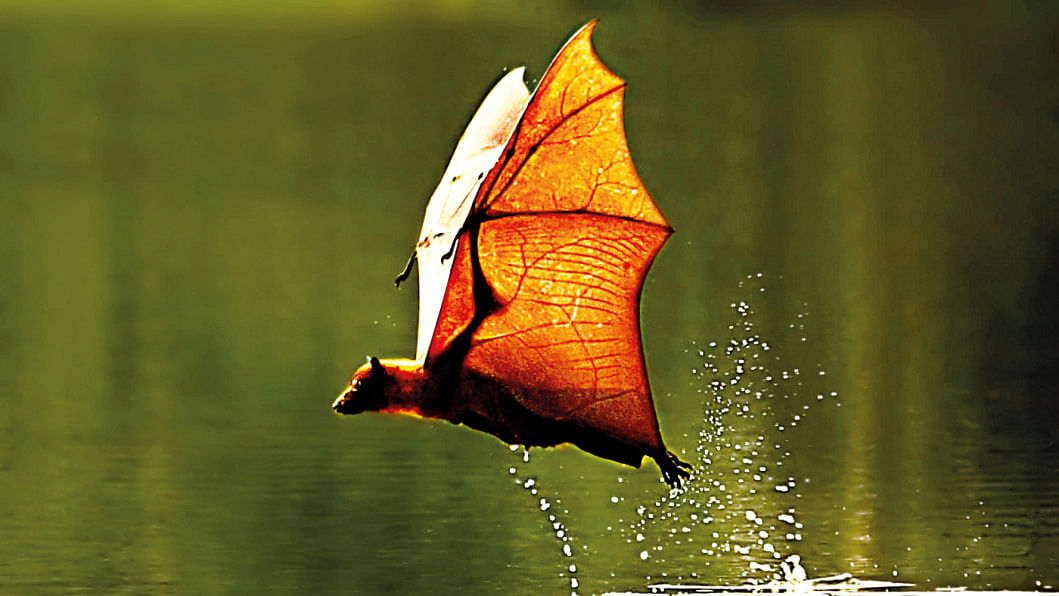
"Some students stroll mindlessly while others observe deeply. If more people take the time to look up and around while walking, they'll see just how much this environment is offering them. Unfortunately, every day 30,000 to 40,000 people commute across the campus, and in the evenings, the crowd thickens. This heavy footfall disrupts the resting time of birds and other animals," he said.
The push for ecological sustainability is a growing concern among faculty and students alike. Many believe that introducing designated nature trails, observation decks and controlled eco-tours could strike a balance -- preserving sensitive habitats while still allowing people to connect with nature. Small student-led initiatives have already begun: teams that monitor wildlife, install bird feeders and water bowls, and keep logs of rare animal sightings.
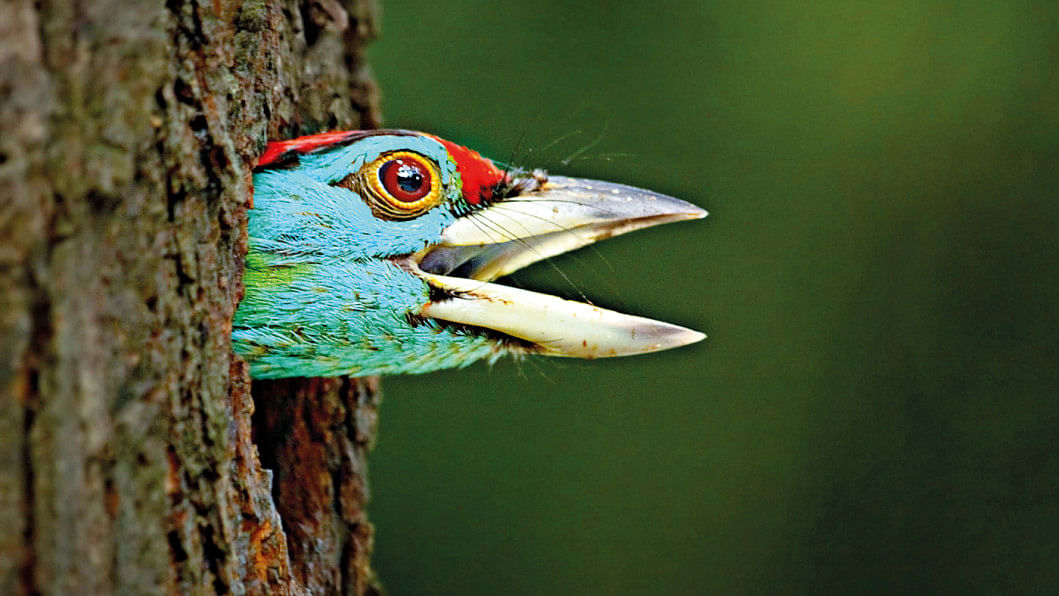
Rajshahi University is more than an academic institution. It is a living ecosystem -- home to birds, reptiles, mammals and humans. Each tree, pond and patch of grass contributes to a delicate balance. And within this shared space, the future of biodiversity quietly unfolds.

 For all latest news, follow The Daily Star's Google News channel.
For all latest news, follow The Daily Star's Google News channel. 


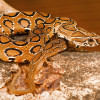


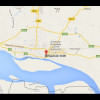
Comments